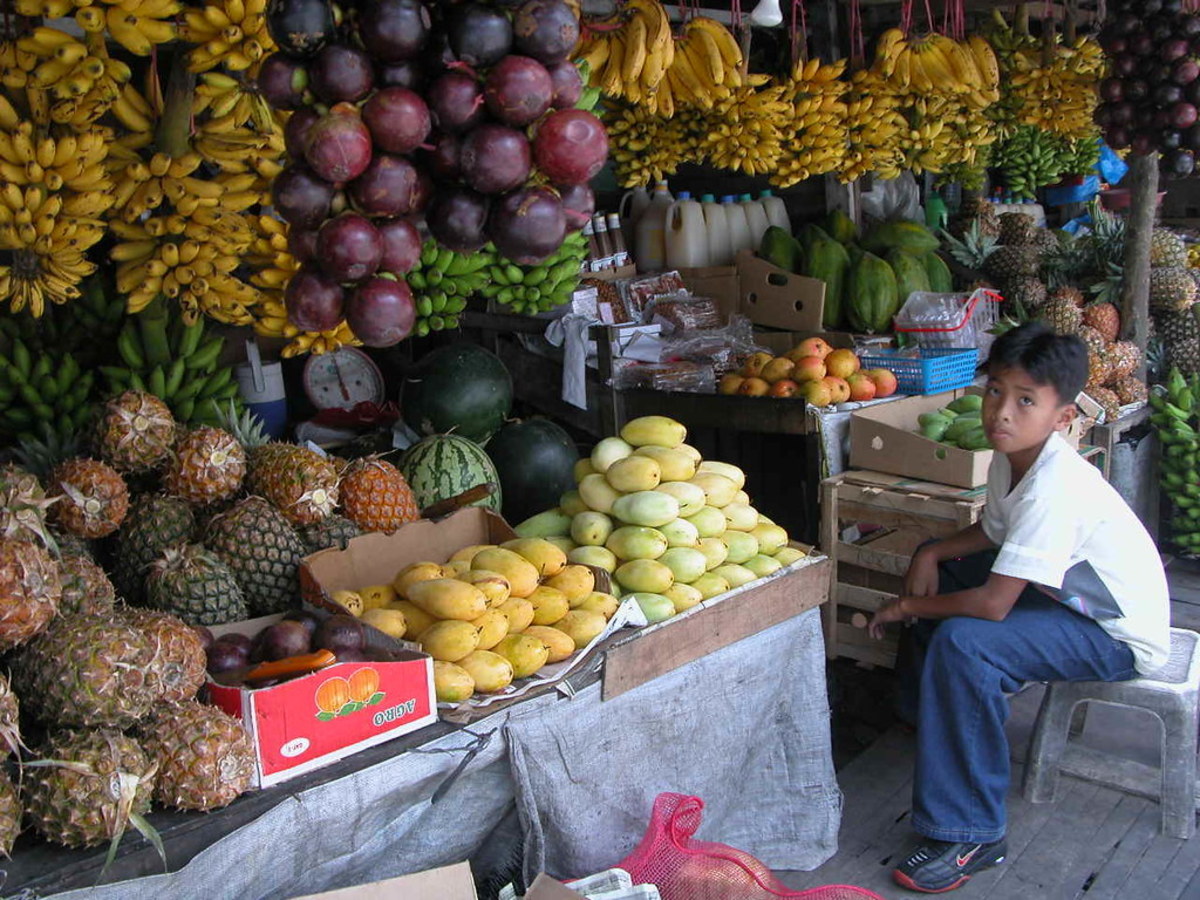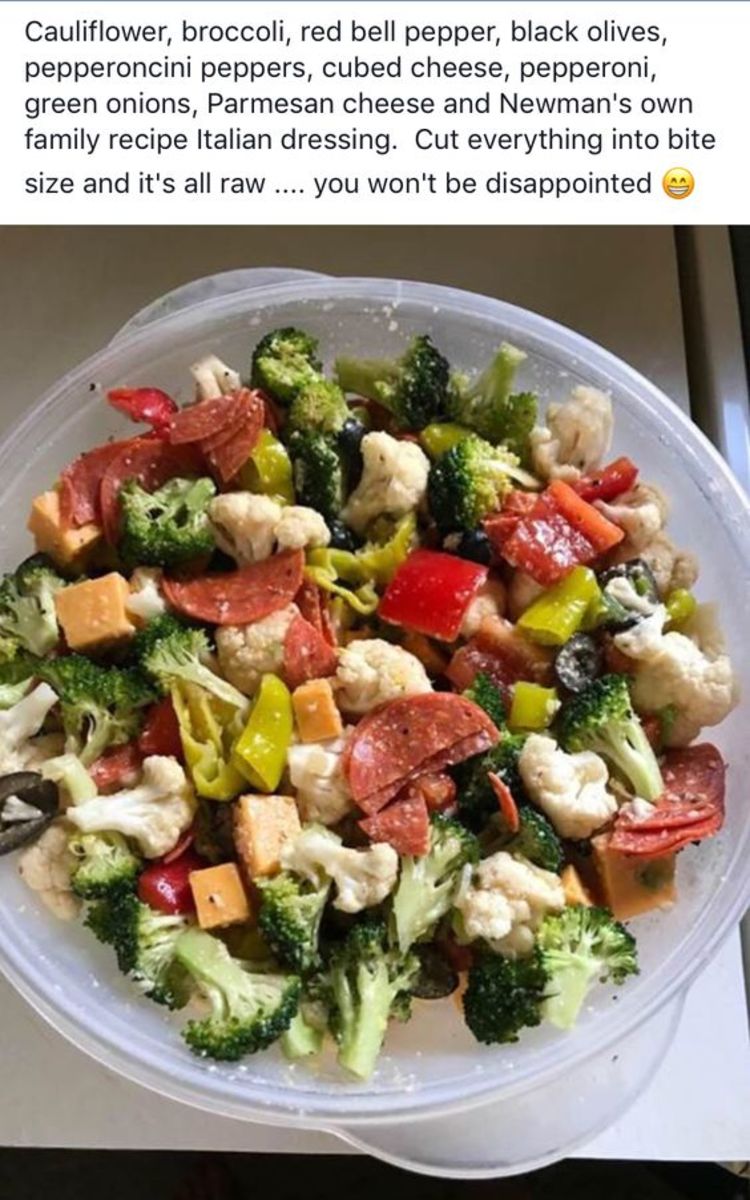Why is Rice an International Food?
Three Distinct Rice Species
According to K. Kris Hirst, a well-known archeologist, there are 21 different wild varieties of rice and three distinct domesticated species:
1. Oryza Sativa Japonica - Asian rice.
2. Oryza Sativa Indica - East Indian rice.
3. Oryza Glaberrima - African rice.
Besides consisting of 21 different varieties, rice is inexpensive and easy to store in nippy, hot, or dry climates.
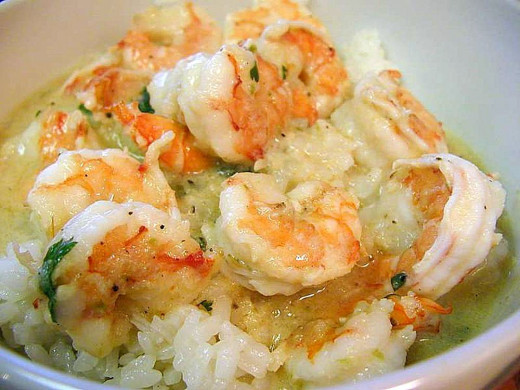
You’ve probably eaten your share of shrimp, chicken curry, gumbo, jambalaya, pinto beans, and red beans. Needless to say, these dishes would certainly taste flat without the rice. Have you ever considered where and when rice was first consumed by humans? Or how rice was dispersed throughout the world?
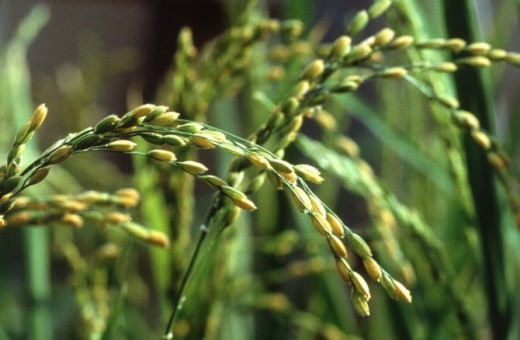
Did China or India Domesticate Rice First?
Many archaeologists that specialize in East Asia or Southeast Asia believe the region along the Yangtze River in South Central China was the first place where humans planted, farmed, and harvested rice. Some scholars and academic journals cite 7000 B.C. while others cite earlier or later time frames for the occurrence of this event.
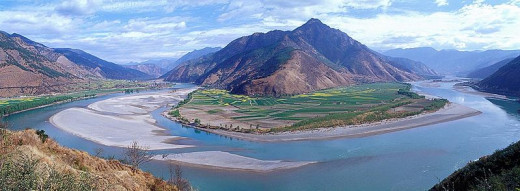
But archaeologists that specialize in India disagree with their colleagues' research and conclusions about South Central China as the forerunner of rice cultivation.They believe the domestication of rice initially occurred in the Ganges River Valley in India.

The Domestication and Introduction of Rice throughout the World
In North America:
The Ojibwe also known as the Ojibwa or the Chippeway, a North American indigenous tribal nation, have cultivated manoomin for eons. And they continue to do so today.

Manoomin is a species of wild rice native to the North American continent.
Thus, rice was domesticated in North America prior to the arrival of European colonists and West African slaves.
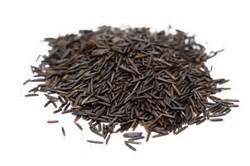
However, South Carolina was the first North American colony to domesticate it. In 1685, John Thurber, a captain of a stranded Dutch ship, gave the governor of South Carolina some "Gold Seed" rice from Madagascar. His token of appreciation spurred rice farming in the colony.
As a consequence, slave traders sought out West Africans that were knowledgeable about farming and harvesting rice. The Africans were kidnapped from their homelands, enslaved, and sold in South Carolina to work the rice fields.

Additionally, West African female slaves introduced rice from their homelands into North America. They transported the grains in their hair via twists, braids, and head wraps.
Along these lines, Anna McClung, a genetic researcher with the U.S. Department of Agriculture, says, "Not only did they bring the technology, the how-to, they brought the cultivar," in a National Geographic News article.

In Europe:
The Moors built complex irrigation systems in Spain that provided favorable circumstances for the domestication of rice. The following excerpt from Ivan Van Sertima's book, Golden Age of the Moor, indicates when rice arrived in Europe, "...rice was introduced to Europe by the Moors during the 10th century."
What’s more, Marcelin Defourneaux, the author of Daily Life in Spain in the Golden Age, imparts the following insight about the Moorish irrigation systems: "...most admirable area is around Granada, where the Moors for a long time occupied the kingdom. They brought water from the snowcapped Sierras, by means of canals and tunnels, to fertilize the plains and the blossoming hills..."

Also, the Moors introduced a variety of herbs and spices into Spain. The seasonings, especially saffron, were combined with rice and meat. Over time these rice dishes became popular throughout Spain and are now called paellas.

In South America and the Caribbean:
Rice was an essential food staple carried aboard the ships of Spanish explorers. Consequently, the crews of these ships introduced rice to South America and the Caribbean during the 1490s.
An online article, History of Rice in Mexico, written by Barbara Bowman, reveals that rice was introduced to Mexico by way of the Philippines and then shipped to Acapulco, Mexico. Incidentally, around the 1520s, Spanish colonists discovered that Veracruz had a favorable climate for cultivating rice and they started growing it there too.
The country of Brazil was introduced to rice by the Portuguese colonists. Additionally, the descendants of slaves and Maroons in South America claim an enslaved African woman also introduced rice into Brazil by hiding it in her hair.
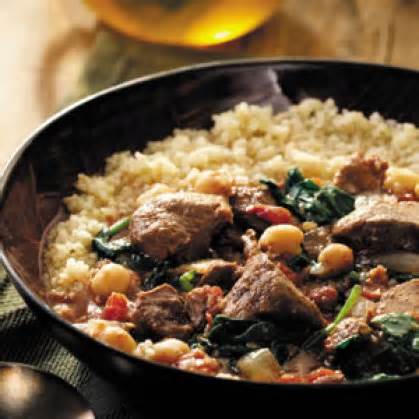
In the Middle East and East Africa:
The cultivation of rice was introduced to Persia via India circa 1000 B.C. or some time later. And the Persian military was a conduit for dispersing the rice throughout the Middle East. As the result of their countless military campaigns. Furthermore, Persian traders sold rice in East Africa.
Thus, the spread of rice throughout the world was accomplished by: European explorers, colonists, the Moors, the Persian military, West African female slaves, the immigration of people to other lands, importation via ships, traders, and caravan merchants.
What is Your Favorite Kind of Rice?
Do you like Wild Rice, White Rice, Brown Rice, Basmati Rice, or Jasmine Rice?
References
1. Online Article: Debating the Origins of Rice, February 12, 2003
2. Online Article: History of Rice, Part One, The Origins of Rice Domestications in China, K. Kris Hirst, archaeology.about.com
3. Online Article: Rude Food: Our Rich Rice Legacy, Vir Sanghvi, Hindustan Times, June 14, 2003
4. Online Article: The Long and Honorable Battle of the Ojibwe to Keep Their Wild Rice Wild, Winowa Laduke, November 2, 2011
5. Online Article: African Slaves Brought First Rice Riches to U.S.?, John Roach, National Geographic News, November 28, 2007
6. Onlne Article: Cooking in Spain.com, Moorish influence on Spanish Food, Steve Robinson
7. Online Article: South Carolina Rice Plantations, The Gullah: Rice, Slavery, and the Sierra Leone Connection, Joseph A. Opala
8. Online Article: Slavery in the South Carolina Rice Fields, February 21, 2012, usslave.blogspot.com
9. Online Article: Rice Recipes, Congo-Africa.Wikispaces.com
10. Online Artice: 'With Grains in Her Hair': Rice in Colonial Brazil, Judith A. Carney
11. Online Article: Season of Rice, Rice and Labor - Coming to America, Patty Arnold, 2004
12. Online Article: Mexican Rice History and Recipes, Barbara Bowman
© 2014 Irma Cowthern






